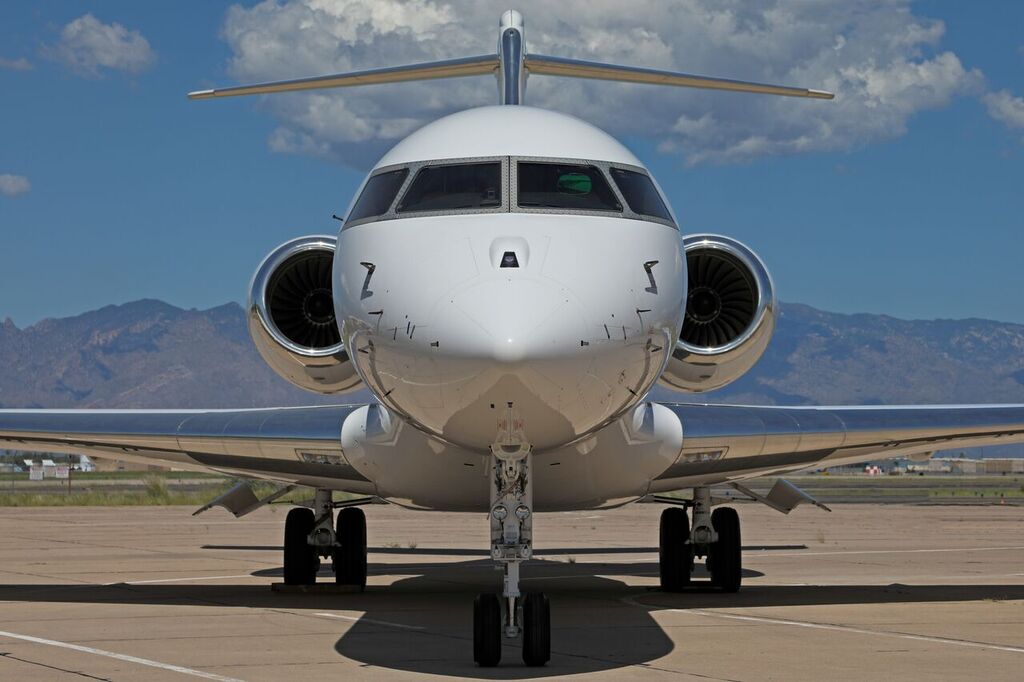
As more jets are revamped and released back into the market they will further expand the pre-owned category, writes Michael Dempsey
When the Canadian singer Drake bought himself a flashy new plane recently, a Boeing 767 300F, he made a bold statement: ‘no rental, no timeshare, no co-owners’. But his new acquisition was not fresh off the production line, it was pre-owned.
Christened Air Drake, it is a 22-year-old converted airliner that came from Mid East Jet’s fleet. Drake’s purchase is absolutely in line with the current trend in private aviation. When it comes to planes, old is gold.
Jetcraft, global leaders in private aviation strategies, recently released the aviation industry’s first ever Five Year New and Pre-Owned Business Aviation Market Forecast. This predicted the boom in pre-owned jets and predicts there will be four times more sales of pre-owned jets than new aircraft over the next five years.
In today’s corporate world, business jet travel is evolving towards longer journeys and bigger aircraft. A vast and evolving engineering infrastructure keeps jets flying, and integrates upgrades on pre-owned aircraft for new owners. These owners can get the long-range aircraft they need with the latest technology by buying pre-owned jets for a similar price to smaller brand-new ones.
The Jetcraft Market Forecast highlights the value and scale of the second-hand jet market. While new jet deliveries over the next five years represent 3,444 units worth $90.5bn there will be 11,765 pre-owned aircraft sold at a total value of $61bn.
The rise of used aircraft is welcome news for the industry that supports business jets through maintenance facilities and associated locations, resulting in a mini-boom in this technical infrastructure. This, in turn, means that it is getting easier and more affordable to refurbish older aircraft. And as more jets are revamped and released back into the market they will further expand the pre-owned category.
Jetcraft’s Market Forecast assigns a value to the pre-owned market, digging down into the new economic reality in business aviation. This reveals that the pre-owned value proposition is growing and buyers of a new smaller jet can now get a pre-owned midsize jet for an equal price or less.
Experienced business jet users have realised they can get a used large jet for the same price as a brand-new small aircraft, and the rate of depreciation of a pre-owned aircraft is significantly less than for a new jet.
An expanding market in aircraft maintenance and repair services has contributed to competitive pricing in ongoing ownership bills. So a bigger, more comfortable jet that can hop across oceans costs the same over a five year period as a new aircraft built for shorter routes. The attractions of used aircraft are mounting up.
Another fact worth noting is that business aircraft are living longer. The Market Forecast concludes that the average age of retirement for an aircraft is now 32 years old, as opposed to the previous industry average of 20 years.
And while 3,444 new jets are predicted to be delivered between 2019 and 2023 only 1,051 will be retired. This means the global fleet of active business jets will grow from nearly 20,000 today to over 22,000 in 2023.
As used jets move up the wish-list of business users the demand for models that are no longer being built is also growing. These planes are typically subject to high-quality refurbishments offering their new owners a jet that’s as good as new with all the obvious advantages of long-range and a large cabin.
At the same time, aircraft manufacturers must adapt to a world where longer journeys expand the market for large jets at the cost of Very Light Jets (VLJs). Seating just four to six passengers these VLJs were once seen as the future of business jet travel but have had their wings clipped by the need to cover long distances.
Only the larger jets such as Drake’s former airliner can offer international customers the range they need to cover intercontinental flights. So, the VLJ revolution has stalled as buyers beyond the US look for planes that can take on very long routes.
By Michael Dempsey











